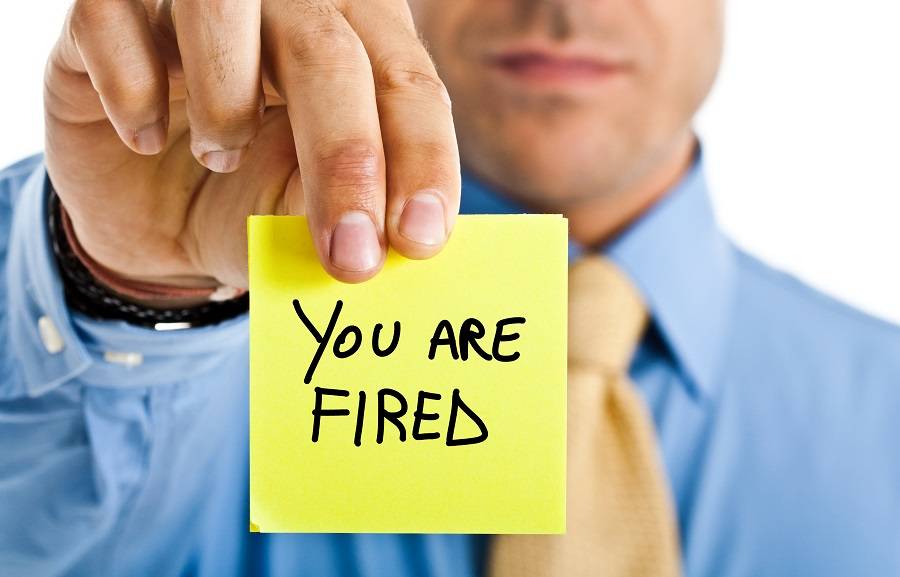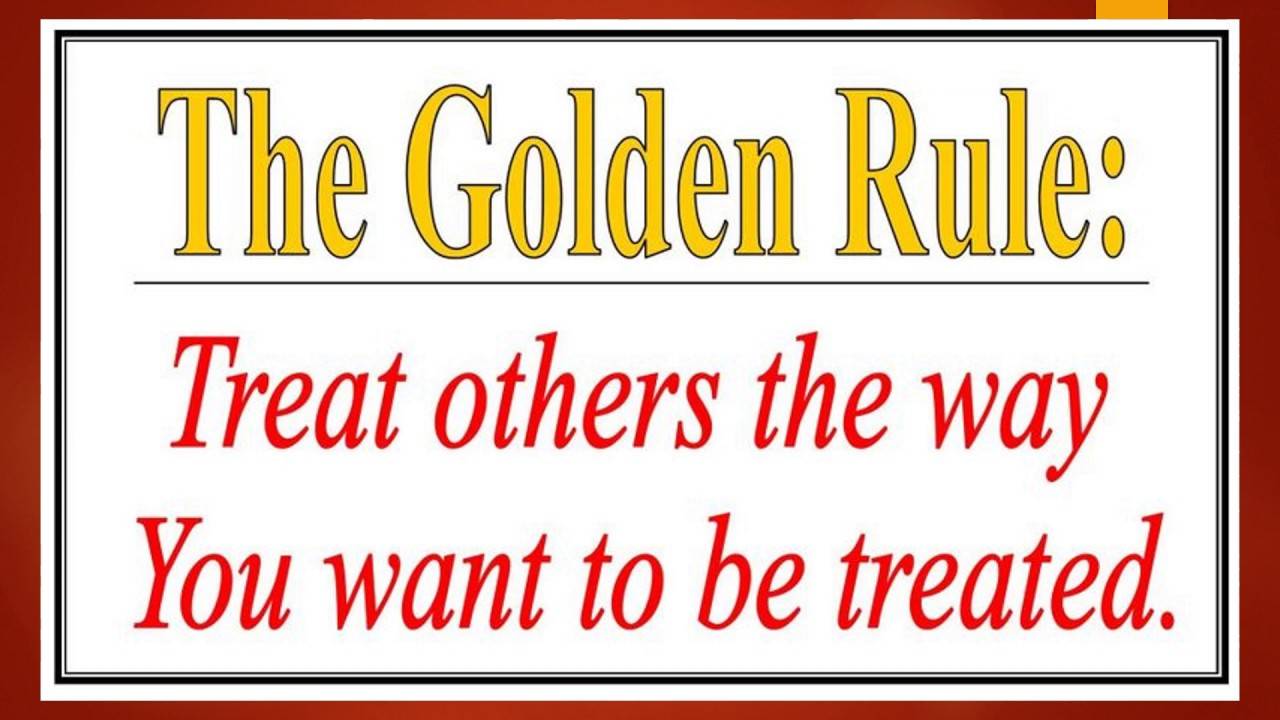“The recession has hit us hard, and we need to extend our burn rate. We need to lay off some of your team, so find some reasons we can let go of 2 people as underperformers.” While this is not word for word accurate, I know some leaders that were recently given this message. “The business is underperforming, so it is time to trim the fat. We don’t want to lose our top performers, but for sure we can get rid of a few under performers. All we need is a few reasons so we can justify their firing.”
Personally, I wanted to scream when I heard this. This type of approach to layoffs is reprehensible, often because the employee is caught unaware of any performance issues. One day they are doing fine, and the next they are being shown the door. And it shouldn’t surprise us that people distrust leaders, HR, or how their company manages performance. Would you trust a company that did this to their people?
Unfortunately, this type of approach is also a lot more common than we want to admit. The uncomfortable truth is that too many founders and leaders ignore performance issues when times are good. And then when the times turn bad, they grab the simplest solution… fire the poor performers as fast as possible. At the same time, little thought is given to the colleagues that remain. While they survived this round, the fear and the mistrust of the company and its leaders has been burned into their bones.

Terminating an Employee for Poor Performance Starts with a Courageous Leader
From my experience, too many leaders don’t know how to terminate an employee, especially in startups or small companies. While larger companies have the resources for complex termination processes, the truth is that terminating an employee does not have to be that complicated. It just requires a leader to have the courage to give honest feedback, and the focus to address small performance issues before they become larger issues.
Terminating an employee for performance should not normally be a 1 day decision, unless you are dealing with some horrible behaviors (criminal, dangerous, gross negligence). In most cases, firing someone for poor performance can take 2-3 months. Unfortunately, most leaders struggle with this length of time, and I understand why. They see the person as detrimental to the team or company, and they want them gone. I get it. I would want that person gone as well.
The problem is that the majority of leaders wait until the last moment to address performance issues. They start getting annoyed with the person, but don’t say anything. Little by little the person’s performance pushes the leader past the threshold, and they go from silent annoyance to wanting an immediate termination. But when looking at that same situation from the eyes of the employee, they receive no feedback from the leader except when they are told they are being fired.
Terminating an employee for poor performance should never be a surprise. You need to give the employee an opportunity to address their performance issues before they become reasons for a termination. That is why we recommend that all startups and small companies follow these 3 milestones when it comes to terminating employees (even in times of a recession).
How to Fire Someone
Milestone 1 – Provide Feedback Identifying their Under Performance
The first thing you need to do to address issues of underperformance is to give direct and honest feedback to the person. You owe it to them to highlight issues where they are struggling, before it reaches the threshold of termination. We recommend the Fierce Feedback model, because it is a super pragmatic approach to feedback that can be easily adopted by startups or scaleups. You don’t need fancy feedback software. You just need to follow these 5 simple steps:
- What Happened – Describe the behavior that you observed, while being as specific and direct as possible. The goal should be to describe what they did in 1 to 2 sentences. Any longer and it becomes you just monologuing how bad they were. Focus it down, so you can clearly say “you did X”
- So What – Immediately after describing the behavior that they did, you need to explain the impact that it had on you (or your perception of the impact on others), and what’s important about it.
- Open a Dialogue – Up to this step, it is just you talking, but Fierce Feedback isn’t meant to be a monologue from you. Fierce Feedback is supposed to be a conversation, and that is why Step 3 is all about opening the dialogue. Your first goal is to get to the core issue of why the behavior happened.
- Now What – Once you have reached a shared understanding for the root cause of the behavior, then you should explore options on how to address the root cause and get to the desired result. The critical thing to remember is Step 4 is that the feedback receiver should be the one coming up with proposed solutions, not the feedback giver.
- What is the Next Step – Once you have reached a shared plan on how to address the root cause, then you need to decide on the immediate next steps. What actions will the person take, and what will you do?
Providing direct and honest feedback (with a positive intent) is a critical role in today’s workforce. If you don’t do it, you risk not only demotivating your teammates and colleagues, but you hinder their ability to perform to the best of their abilities. When it’s done right, you resolve issues of underperformance before they escalate.
How to Fire Someone
Milestone 2 – Create a Performance Improvement Plan
In most situations, providing direct and honest feedback will resolve any underperformance issues, but if the person doesn’t improve, then it is time to move onto the next action: a Performance Improvement Plan (sometimes called a PIP). A PIP is basically an agreed set of goals and actions the person will take to improve their performance. At its core, a PIP provides the employee clarity on what they need to do, and an opportunity to improve their performance before a more drastic step is taken (i.e. termination).
A PIP doesn’t have to be super formal, or complex. In fact, the best PIPs are simple and easily understood by all parties. There should be no surprises, and the employee should have clarity on whether or not they are achieving the goals set out in the PIP. That is why we recommend these 4 steps for creating a Performance Improvement Plan:
- Discover the Root Causes of the Issues – Before you start getting into solution mode, it is critical that the employee and the Manager / HR rep align around the root causes of the performance issue. Without this alignment, it is too easy for the person to start working on the wrong problems. Below are some example coaching questions:
- What is happening now (what, who, when, and how often)? What is the effect or result of this? What do you think this situation is caused by?
- Identify the Desired State – Clarity on the root causes of the performance issues, will help you in identifying the desired state. The key component of this step is to identify metrics and clear ways to measure performance improvement. How exactly will you know if this person is performing better? Below are some example coaching questions:
- What would you like to accomplish? Describe in detail the outcome you wish to achieve. What would you be thinking, feeling, doing? What metrics or measures can we use to track your progress?
- Exploring Solutions – Once you know the starting point and the ending point, it is a lot easier to help the person explore different ways to go from A to B. As a Manager or HR rep, it is critical that you avoid telling the person the answer. Instead, focus on asking thoughtful and provocative questions that help the person explore the different possibilities. Below are some example coaching questions:
- Can you brainstorm 3 different ways to reach your goal? What steps would you need to take? What resources do you need to reach your goal? What challenges can you foresee? What will be the most difficult part of the plan?
- Agreeing on a Plan of Action – The final step is to agree on two things. The first is the specific actions the person is going to take and by when. The second is how the person’s performance will be measured, and ultimately if they have successfully addressed their performance issue. This agreement needs to be documented, and ideally signed by both parties.
How to Fire Someone

Milestone 3 – Termination
When done correctly, a PIP will accomplish one of two things. A) The person improves their performance. B) They can clearly see that they have not met their performance improvement targets, and they can see the writing on the wall. In fact, I’ve seen many people resign from the company before the company fired them for performance issues. Because of the PIP, they understood the role was not a fit for them, and they took action themselves.
But there are some other people that will not resign on their own, and that is why you need to be prepared to terminate their employment. Different countries and different companies have different policies on how exactly to terminate someone. But I believe there are some core principles that you should follow when letting someone go.
- Get to the Point – I’ve heard stories where employees have walked out of a meeting, and not realized they had been fired. Their manager had talked endlessly about many different topics, and ultimately the message about the person being fired was lost in the noise. When you are letting someone go, be clear and get to the point. Don’t beat around the bush. It might feel uncomfortable, but when receiving bad news the majority of people want it delivered quickly and clearly.
- Be Human, but Professional – Having a direct and clear message, doesn’t mean you need to act like a robot in the meeting. Demonstrate empathy, and allow for the person to process their emotions. At the same time, that doesn’t mean you should cry along with them. Find the right balance of demonstrating your humanity in the situation, but never forgetting the fact that there is a job to do.
- Don’t Debate or Negotiate – The time for debate or negotiations of improvement was during the Performance Improvement Plan, not during the termination conversation. Once you enter the termination stage, you need to be resolute in your decisions.
How to Fire Someone
Always use the Golden Rule with Under Performers
People not doing their job or delivering what they are supposed to deliver can be incredibly frustrating. It might seem desirable to skip Milestones 1 and 2. The work version of using a scalpel to cut the tumor out of the body the second you realize it is cancer. But cancer cells don’t realize they are harmful to the rest of the body. Humans on the other hand have the capacity to learn from mistakes and grow.
Imagine if your boss fired you without ever giving you clear feedback or allowing you the opportunity to address your performance gaps? Would you think it was fair? Wouldn’t you be pissed that no one told you that you were under performing? That is why the best advice when dealing with under performers and possible terminations is to follow the Golden Rule. Treat underperforming people in the same way that you would want to be treated if you were under performing.
How to Fire Someone
Cary Bailey–Findley has built High Performance Cultures within three Fortune 500 companies, and was awarded the ranking of #1 development organization in the world by the Association of Talent Development. He is currently the Talent Manager for SimCorp, but spends his free time helping startups scale up the the talent they need to succeed.







Add a Comment